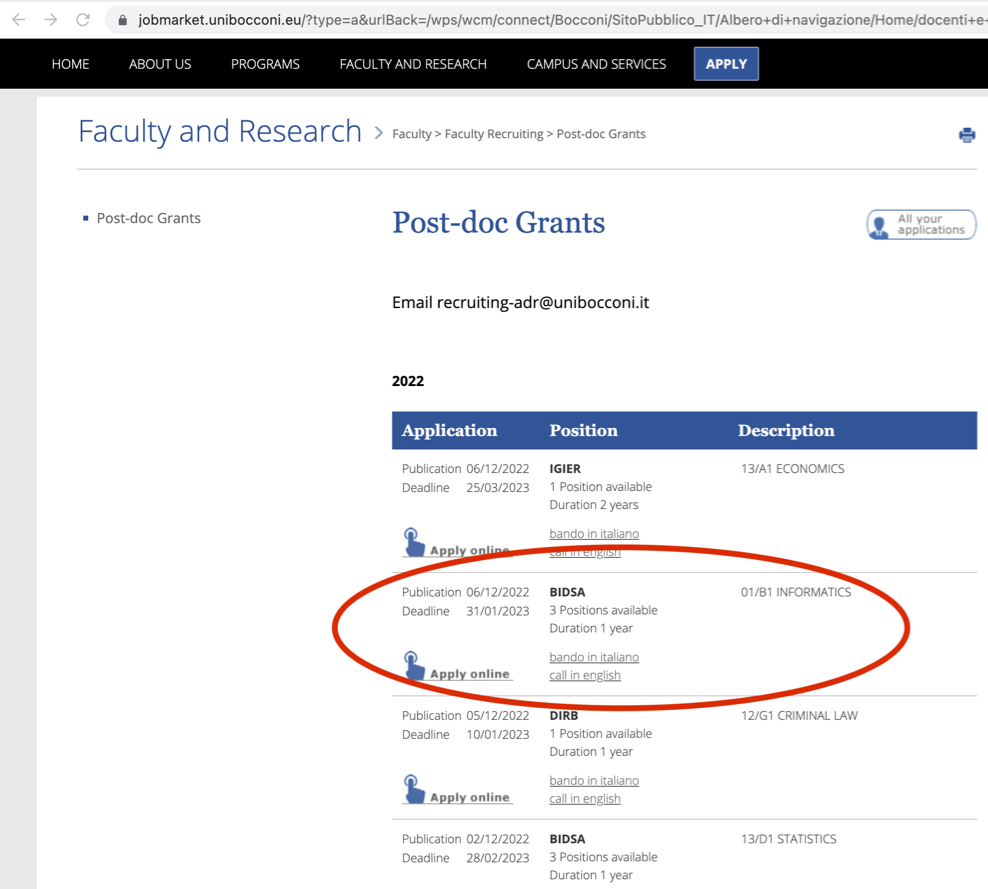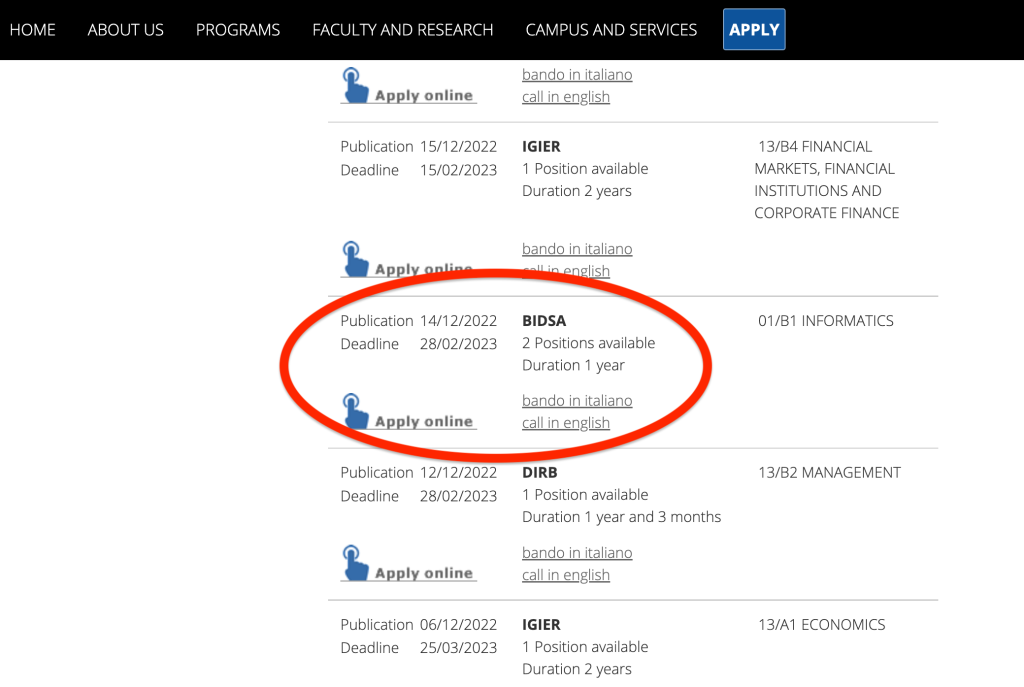A question that I am very interested in is whether it is possible to study hypergraphs with techniques that are in the spirt of spectral graph theory.
It is generally possible to “flatten” the adjacency tensor of a hypergraph into a matrix, especially if the hypergraph is -uniform with
even, and spectral properties of this matrix give information about the hypergraph, but usually a large amount of information is lost in this process, and the approach can only be applied to rather dense hypergraphs.
If we have a 4-uniform hypergraph with vertices, for example, meaning a hypergraph in which each hyperedge is a set of four elements, its
adjacency tensor can be flattened to a
matrix, but unless the hypergraph has a number of hyperedges that is at least quadratic in
such a matrix is too sparse to provide any useful information with basic spectral techniques.
Recently, a number of impressive results of a “spectral hypergraph theory” flavor have appeared that, instead, apply spectral graph theory techniques to the Kikuchi graph associated to a hypergraph, leading to very impressive applications.
In this post I would like to show a simple but rather magical use of this approach, that gives a proof of Feige’s conjecture on a “Moore bound for hypergraphs”.
In an undirected graph, the girth is the length of the shortest simple cycle, and in the previous post we told the story of trade-offs between density of the graph and girth, such as the Moore bound.
In a hypergraph, an interesting analog to the notion of girth is the size of the smallest even cover, where an even cover is a set of hyperedges such that every vertex belongs to an even number of hyperedges in the set. The reader should spend a minute to verify that if the hypergraph is a graph, this definition is indeed equivalent to the girth of the graph.
To see why this is a useful property, the hyperedges of a -uniform hypergraph with vertex set V can be represented as vectors in
in a standard way: a vector
represents the set
. Under this representation, an even cover is a collection of hyperedges whose corresponding vectors have a linear dependency, so a
-uniform hypergraph with
vertices,
hyperedges and such that there is no even cover of size
corresponds to a construction of
vectors in
, each of Hamming weight
, such that any
of them are linearly independent. Having large collections of sparse vectors that don’t have small linear dependencies is useful in several applications.
It is easy to study the size of even covers in random hypergraphs, and a number of results about CSP refutations and SoS lower bounds rely on such calculations. Feige made the following worst-case conjecture:
If a -uniform hypergraph has
vertices and
hyperedges, then there must exist an even cover of size
Where the “tilde” hides a polylogn multiplicative factor. For
, for example, the conjecture asserts that a hypergraph with
vertices and
hyperedges must contain an even cover of size
. For
, the bound is
.
The Feige conjecture was recently proved by Guruswami, Kothari and Manohar using Kikuchi graphs and their associated matrices. In this post, we will see a simplified proof by Hsieh, Kothari and Mohanty (we will only see the even case, which is much easier to analyze, and we will not prove the case of odd
, which is considerably more difficult).



